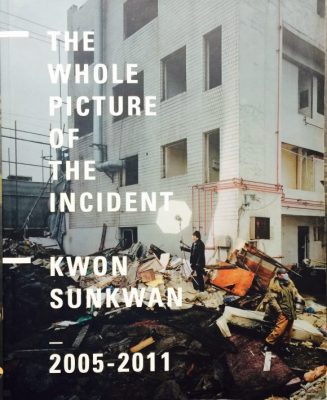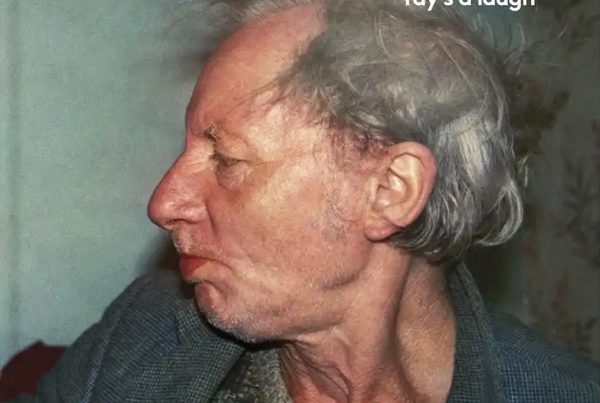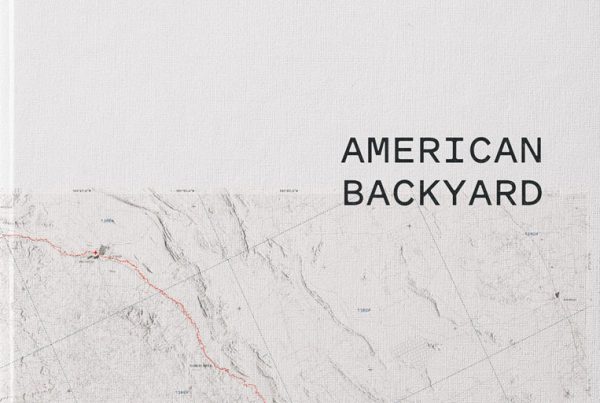

The Whole Picture of the Incident 2005 – 2011
Kwon Sunkwan (권순관)
Self Published
English and Korean
Softcover
227 pages
210 x 260 mm
2011
ISBN Not available
The Whole Picture of the Incident is an expression of yearning for a style that has a power to limit and fix an event as a specific aspect and a thing that changes layers of common senses. Furthermore, it tries to look behind the cruelty of hegemony acquired in the competition of value and discover inconsistencies inherent in the materialized human values. It attempts to think upon the illusion which is more realistic than real, confronting the deceptive moment of contradictions and irrationalities that make individuals to stuck in a rut of life.
Going back to the origin of a photograph, it strives to find present value and explore self-grounding languages. This presupposes detailed observation of the ground on the realistic value of traditional photography aesthetics and exploration on the moment of historical wandering.
‘The objects and events spread in front of my eyes resound their cries everywhere, exploding all over the world. In these cries, there are mixtures of numerous combined and relaxed meanings, residual emotions and molecularized words of languages along with the obviousness of paradoxical meanings. And every element of these cries are living, moving, conceiving and creating.
I want to hear a wide range of conceived cries in scenes. Every ‘solid thing disappears into the murky atmosphere’. The fragility of these rigid things are crucial components in strong powers embedded in the structural order of the world. A thing or subject cannot stand alone by itself and has active meaning only in the inertia of powers meeting in different layers and the composition as a whole image. Therefore, the reality stretched out in front of me is in a certain moment of continuous changes in relations between numerous objects and subjects. Constantly applying forces of different forms to the objects and subjects, this process of transformation is the changes incessantly differing forms of relations. And the layers of those forms are multilayered with other layers of consistency and presents the look in reality as an elaborate form, mixing, hanging and adhering inside that section. In fact, though the ingredients are of same allotropic elements, various forms derived from that have heterogeneous look of innovative modification beyond the simplicity. This form is the illusion. So the forms reflected in my eyes are solid pieces shining and sloshing by the sun light which is the one but exists in hundreds of shapes.
The illusion is a movement of a dancer spinning constantly over there and a thin layer invisible to my eyes as I sit in front of the movement. Through the form projected to that layer, I see the movement, and ensuing instant flash in my sight restores the movement of recognition object in my head repetitively and goes through the moment of layering in the course of understanding the movement.
This overlapping is under the movement and its sequential process. But it opens a door to another dimension that nothing can understand like a time of permanence. It is a subject afraid to go closer even if it is in front of me and it has infinite depth that cannot be reached as putting out my hand.
Only then my seizure occurs. That began from the accidental event. It is related to the origin of life, inevitably attached to a certain impulse and dynamics. Thus, the illusion contains physical power.’
About the Artist
Sunkwan Kwon was born in 1973, JeonJu, Korea. He now lives and works in Seoul, Korea.
www.sunkwankwon.com



